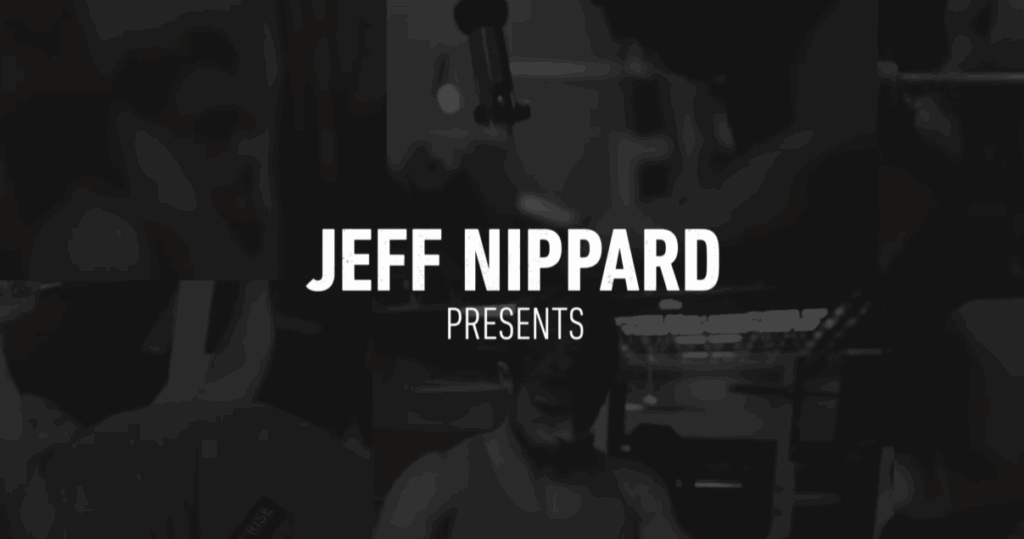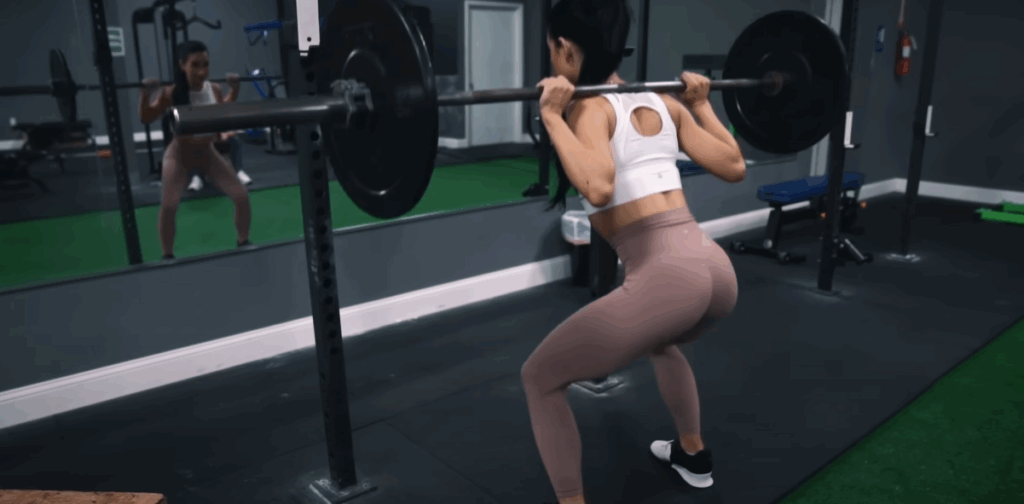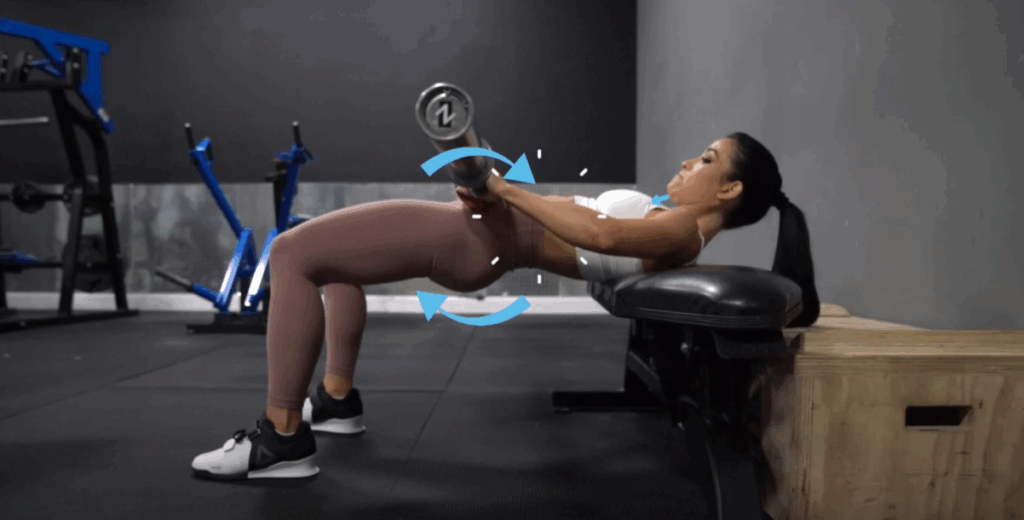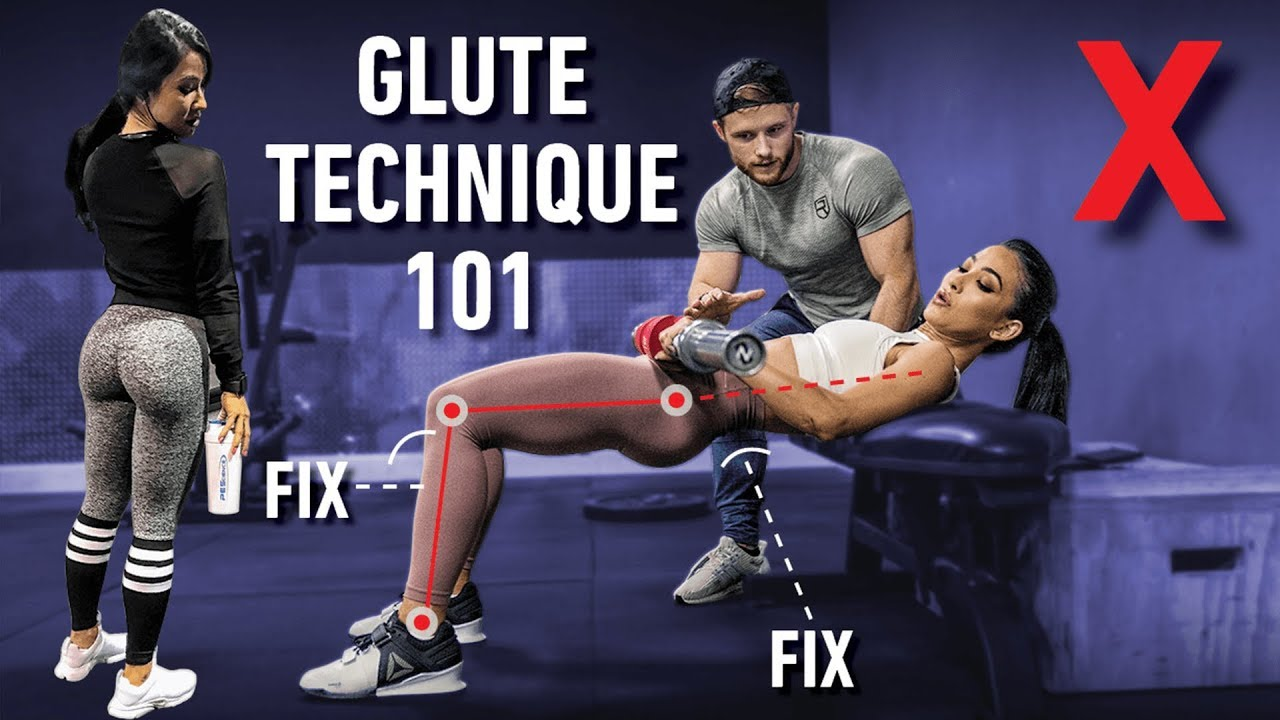When it comes to building glute strength and shape, few exercises rival the hip thrust. This movement has become a favorite among athletes, bodybuilders, and fitness enthusiasts due to its ability to maximize glute activation and deliver noticeable results in both strength and aesthetics.
In this guide, we’ll cover everything you need to know about performing the hip thrust correctly—what muscles it targets, why it’s so effective, how to set it up, and the most common mistakes to avoid. If you want to sculpt stronger, fuller glutes, this is the movement you should prioritize.

Why the Hip Thrust Is a Glute-Building Powerhouse
The hip thrust primarily trains hip extension, moving the hips from a bent position to a fully extended one. Unlike squats or deadlifts, where glute tension decreases as you stand upright, the hip thrust keeps the glutes highly engaged at the top of the movement—right where they contract the hardest.
Research backs this up. Studies led by Dr. Bret Contreras, often called “The Glute Guy,” found that hip thrusts produce greater glute activation than squats. In one case study comparing twins, the sibling performing hip thrusts for six weeks saw significantly greater glute growth than the one who only squatted.
Another advantage of the hip thrust is its high potential for overload. Strong lifters have been known to move hundreds of pounds with strict form, making it an excellent choice for progressive strength and hypertrophy.
Muscles Worked
The hip thrust mainly targets:
- Gluteus maximus – The largest glute muscle responsible for hip extension.
- Gluteus medius & minimus – Provide stability and, when trained with bands, contribute to hip abduction.
- Hamstrings – Assist in hip extension, especially when the feet are placed further forward.
- Quadriceps (to a lesser degree) – Help stabilize the movement but are not the primary movers.
By adding a glute band or hip circle around your knees, you can also target hip abduction, which helps build the upper and side portions of the glutes for a more rounded shape.
Setting Up for Success
One of the biggest challenges with the hip thrust is the setup. If you don’t have access to a dedicated hip thrust machine, you can follow these steps:
1. Choose the Right Bench
The ideal bench height should roughly match the length of your lower leg (tibia). Decline benches or adjustable benches against a wall work well, as they won’t slide when you push against them.
2. Protect Your Hips
Place a thick barbell pad, squat sponge, or folded towel around the barbell to cushion your hips. Heavy hip thrusts can be uncomfortable without proper padding.
3. Position the Barbell
Roll the loaded barbell up to your hips while seated on the floor, then lean back so your upper back rests on the bench.
Perfecting Your Hip Thrust Technique
- Foot Placement: Start with your feet slightly wider than shoulder-width apart and your toes angled outward about 15 degrees. Adjust until, at the top of the movement, your shins are vertical, forming a 90-degree angle between your thighs and lower legs.
- Upper Back Position: Rest your shoulder blades (not your neck) against the bench. Keep your ribcage down and chin tucked to maintain a neutral spine.
- The Lift: Squeeze your glutes before initiating the movement. Push through your heels and drive your hips straight up until they are fully extended. At the top, you should feel a strong contraction in your glutes.
- Posterior Pelvic Tilt: Avoid arching your lower back at lockout. Instead, rotate your pelvis slightly backward (think of pulling your belt buckle toward your ribs) to maximize glute contraction and protect your spine.
- The Descent: Lower the bar under control over two seconds. Don’t let the weight drop; the eccentric phase is crucial for muscle growth.
- Reps and Tempo: Hold a brief squeeze (1–3 seconds) at the top for hypertrophy, or use a quicker lockout when training purely for strength.
Choosing Reps and Loads
The hip thrust is versatile and can be programmed for different goals:
- For Strength: 4–8 reps with heavier loads.
- For Hypertrophy (muscle growth): 8–15 reps with moderate weight, focusing on mind-muscle connection and controlled tempo.
- For Endurance or Burnout Sets: 15–20+ reps, often using body weight or lighter loads for metabolic stress.
Always master your form with lighter weights before chasing personal records. Sacrificing technique for heavier loads reduces glute activation and increases injury risk.

Fixing Common Hip Thrust Mistakes
1. Not Fully Locking Out
Stopping short at the top leaves glute fibers underworked. Push until your hips are in line with your knees, and hold the contraction briefly.
2. Arching the Lower Back
Many lifters mistakenly use their spinal erectors instead of their glutes. Flatten your lower back at the top by slightly crunching your abs.
3. Feeling It in Your Quads or Hamstrings
If you feel the movement primarily in your quads, move your feet slightly forward. If you feel it mostly in your hamstrings, move your feet a bit closer to your body. Experiment to find the sweet spot.
4. Letting the Bar Bounce
Control every rep. A slow, deliberate descent will improve muscle activation and reduce the risk of injury.
Advanced Variations for Maximum Glute Growth
Once you’ve mastered the basic barbell hip thrust, you can try these variations:
- Single-Leg Hip Thrust: Increases unilateral glute activation and improves balance.
- Banded Hip Thrust: Adding a resistance band around the knees emphasizes the gluteus medius and minimus through hip abduction.
- Glute Bridge (Floor Version): Great for beginners or when time is limited, though it offers a smaller range of motion.
- Machine Hip Thrusts: If available, hip thrust machines allow for easier setup and consistent overload.
Why the Hip Thrust Deserves a Place in Your Program
For anyone serious about glute development, the hip thrust is non-negotiable. Unlike squats and deadlifts, which shift tension away from the glutes at the top, the hip thrust keeps constant tension in the position where the glutes work hardest.
Whether you’re training for aesthetics, athletic performance, or strength, this exercise can dramatically improve your lower body. Combined with progressive overload and proper nutrition, it’s one of the fastest ways to build strong, powerful glutes.

Final Thoughts
The hip thrust may take some practice, especially when learning proper setup and positioning, but the payoff is worth it. Prioritize perfect form, focus on squeezing your glutes through every rep, and gradually increase the load over time.
If you’re looking to add serious shape and strength to your lower body, make the hip thrust a staple in your routine—and don’t forget to experiment with variations and rep ranges to keep your training both effective and enjoyable.



